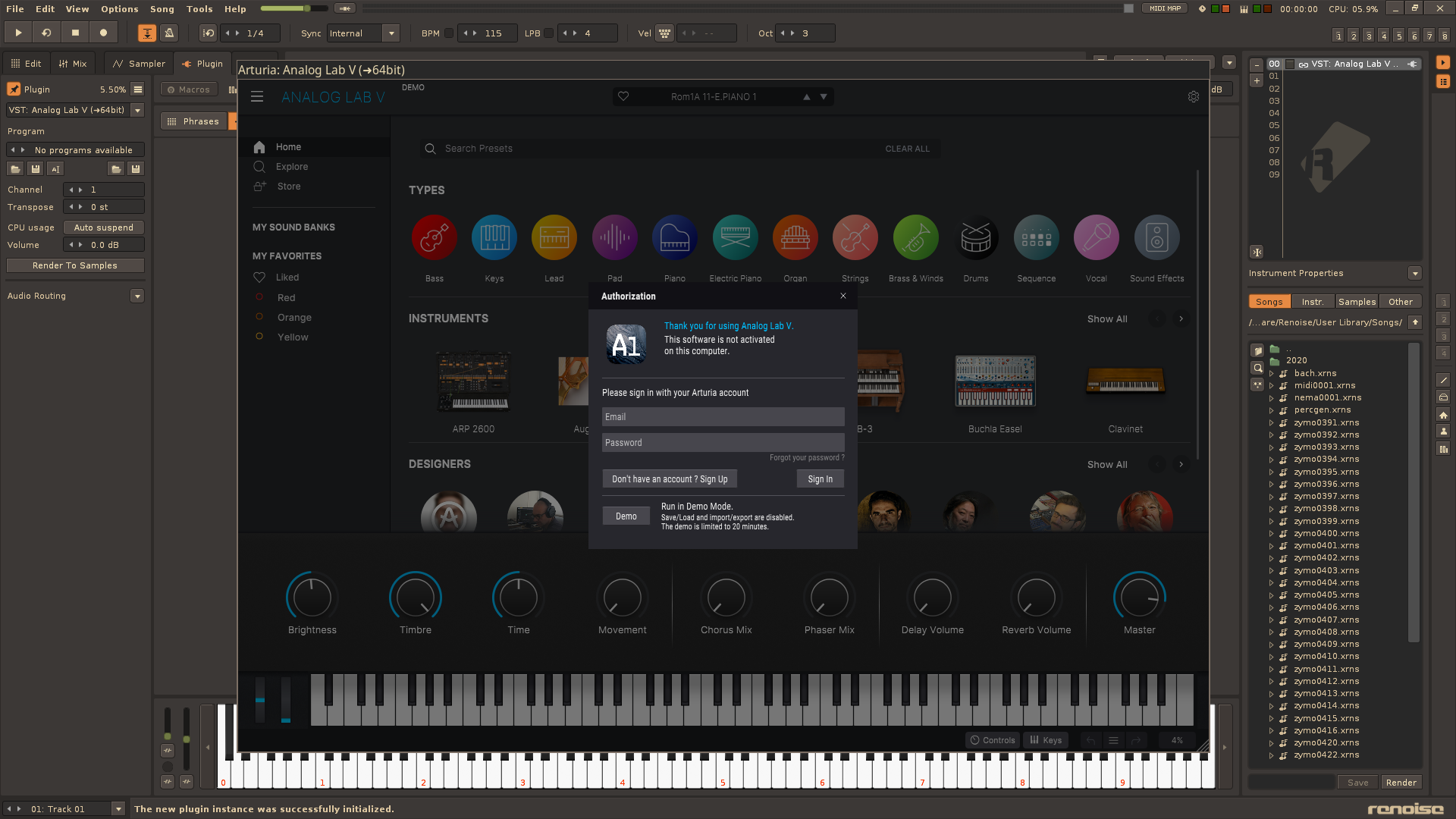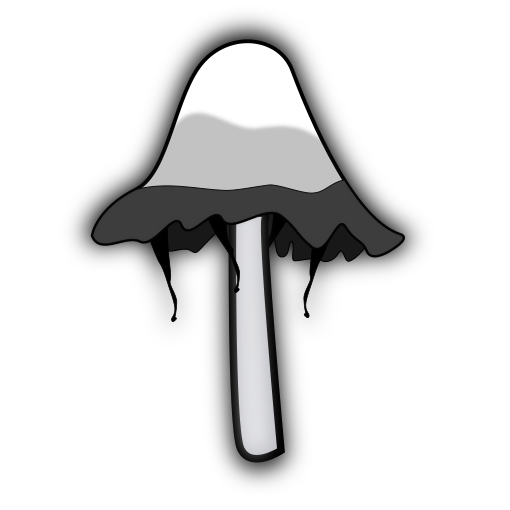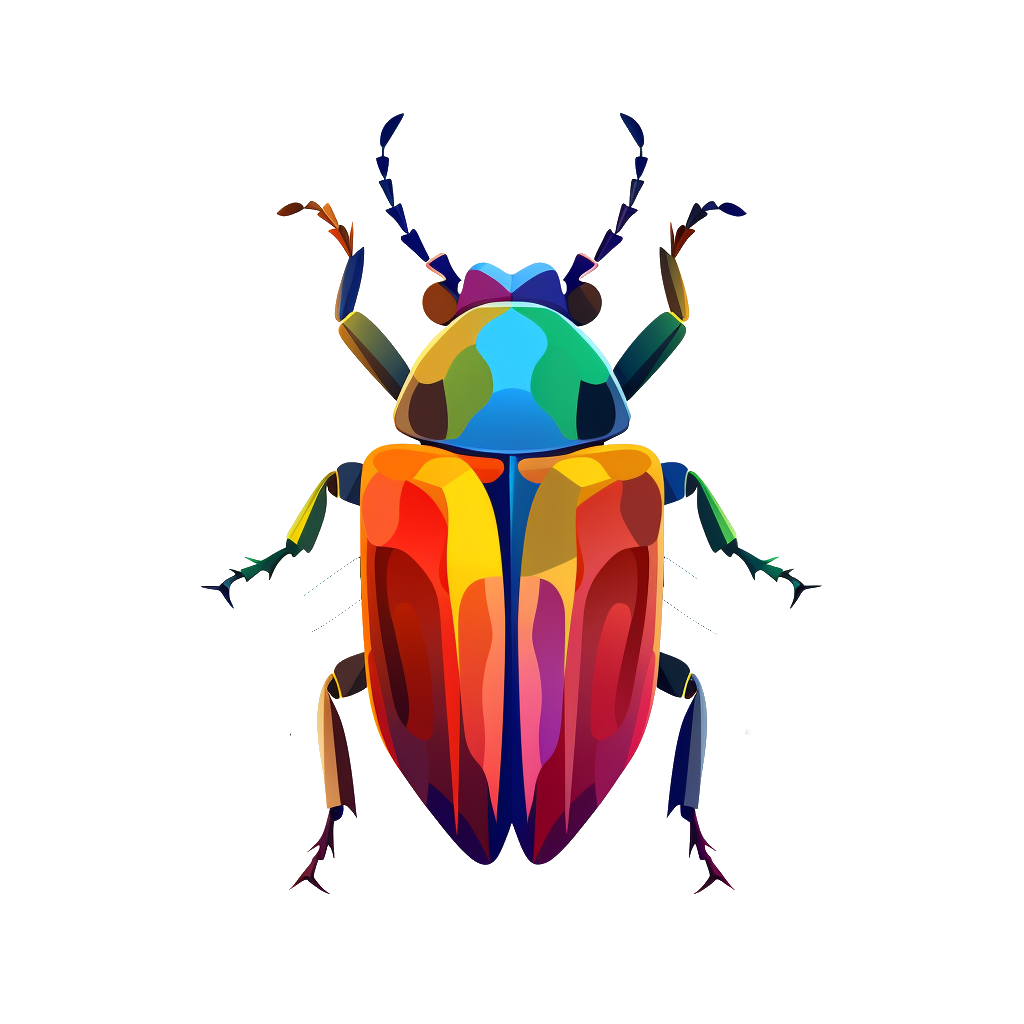- 1 Post
- 19 Comments

 3·27 days ago
3·27 days agoHappy music making (:

 7·28 days ago
7·28 days agoSo I recently reinstalled Linux on my machine but hadn’t bothered to reinstall Analog Lab, so I just did that now to confirm it still works. It was really easy.
From their website I got the installer, and ran Analog Lab V Setup.exe with Wine. I went through the setup wizard just like you would on Windows, and then manually moved the vst file from the Wine directories into my normal vst location (~/.vst). After this, I generated the .so file with yabridge. This is also a really simple process. If you are using yabridge for the first time, you need to tell it where your plugins are:
yabridgectl add path/to/vstAfter that, generate the .so files:
yabridgectl syncOnce this is done, your DAW of choice should be able to find and open the plugin. For me, Analog Lab V opened without issue and prompted me for my account info. Here’s Analog Lab V on my machine:

Edit: I forgot to mention my copy is legit and it activated no problem.

 5·28 days ago
5·28 days agoAre you familiar with yabridge? It can take a windows vst (.DLL) and create a Linux counterpart (.so) that daws can scan and open normally.
https://github.com/robbert-vdh/yabridge
In my experience, it works pretty much perfectly about 80% of the time, and the remaining 20% are buggy but useable, or rarely completely broken. I don’t have Arturia’s V Collection, but I have Analog Lab 5 and that runs without bugs. If they are built with similar technology, then you might expect V Collection to work as well.
Those are mites, or more specifically Mesostigmatid mites. They are hitchhikers frequently found on insects associated with dung or carrion. These resources tend to be very patchy in the environment and mites are so tiny they can’t disperse well by themselves, so they take advantage of beetles, flies, millipedes etc. to get there faster. These mites are predators that feed on worms or other small critters, they’re not parasites.
Looks like your beetle has at least two mite species on it: the lighter ones with two separate dorsal shields likely belong to the genus Poecilochirus, and the darker ones with undivided dorsal shields are unfamiliar to me. They might belong in the family Macrochelidae.
A very interesting instrument. The pedal notes especially are very resonant which adds a lot of character to the performance.
Legend has it Bach’s favorite instrument was the lautenwerck aka the lute-harpsichord. They are similar to the clavichord but have a rounded body, which gives the instrument a much softer tone. Bach supposedly owned 4. Here’s a short recording: https://www.youtube.com/watch?v=8z31MbF89-8
Funny, I had the exact same thought process. It’s a corvid! …wait that’s a funny bill. Figures it’s something weird since it’s from New Zealand.
Maybe it’s just me but Stentors look very juicy and tasty. I wonder what they taste like if you ate a bunch of them at once.

 5·5 months ago
5·5 months agoDon’t all the big publishers do this though, or is Elsevier especially bad?

 3·5 months ago
3·5 months agoProtists aren’t a group I’m familiar with but could it be the genus Holosticha?

 5·6 months ago
5·6 months agoNeat. Another paper reviewing fungal bioluminescence just came out on New year’s eve, and according to which there are 132 bioluminescent species known to date. More than I realized!
Link to the (open access) paper for anyone curious: https://www.mdpi.com/2309-608X/11/1/19
It’s easy to confuse the two because of how morphologically simple they are. Fun fact (or not depending on how much of a nerd you are), fungi that produce sticky droplets of spores on long stalks like this are often dispersed by arthropods, such as mites or springtails, which bump into the spore droplets as they walk along.
This looks more like Acremonium to me because the conidiogenous cells (the stalks producing droplets of spores at the tips) are very irregularly arranged. In Verticillium, the conidiogenous cells should be in whorls.
http://website.nbm-mnb.ca/mycologywebpages/Moulds/Acremonium.html
Yabridge is the way to go. I used to use LinVST in the past but with very mixed results. With yabridge, ~90% of my plugins work perfectly, including Native Instruments plugins which have always been my favourites.
This is really bugging me. The article claims the fungus is an edible mushroom, but Pestalotiopsis (the spores on the right) is an endophytic, microscopic ascomycete. Not a mushroom and certainly not edible. So why is there a picture of Pluteus on the left? I can only imagine the author googled “Pestalotiopsis mushroom” and grabbed the first picture that came up.

 1·2 years ago
1·2 years agoI think you have it backwards. The AMOC is a system of ocean currents running through the Atlantic from Antarctica to Greenland, and the Gulf stream is a small part of the AMOC.
Wow, really clever disguise! Even the wing shape looks waspish.

 3·2 years ago
3·2 years agodeleted by creator




It’s more boreal in distribution, so you might be a tad too far south. Usually it grows in bogs and heathlands. You can check iNaturalist for a map and to see if it’s been reported near you:
https://www.inaturalist.org/taxa/53041-Kalmia-angustifolia